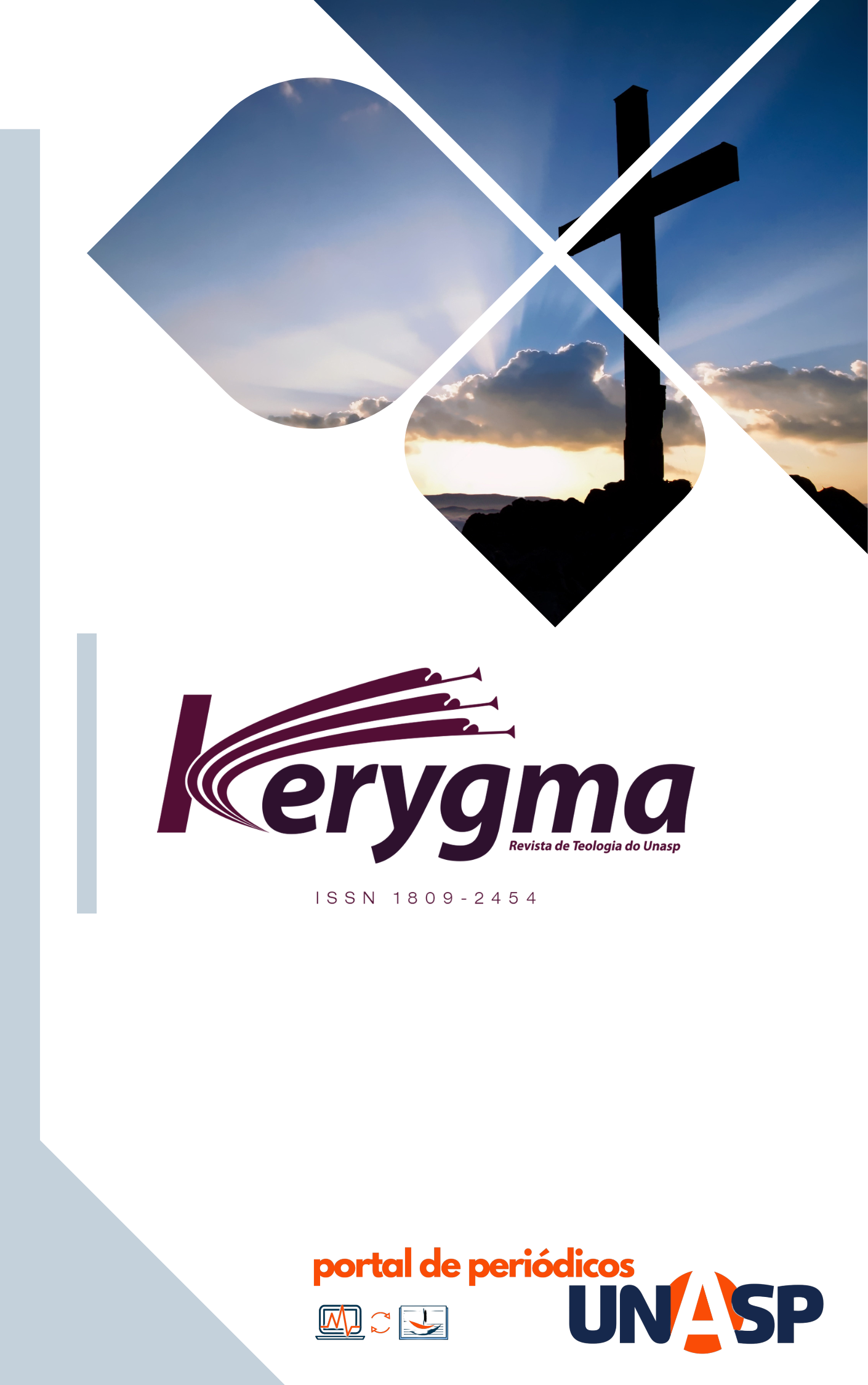Abstract
The Herodian palaces in Jericho have been a source of research for many scholars for their size, construction, and preservation. Nevertheless, the architecture of these palaces has not yet been analyzed based on the modern knowledge of thermal comfort and design techniques. This paper thus analyzes the first century palaces of Herod the Great in Jericho with this modern knowledge in view.
References
CHARLESWORTH, J. H. Jesus and archaeology. Grand Rapids: Eerdmans, 2006.
CHING, F. D. K. Architecture: form, space, and order. 3. ed. Hoboken: John Wiley & Sons, 2007.
DALLEY, S. The mystery of the hanging gardens of Babylon: an elusive world wonder traced. Oxford: Oxford University Press, 2013.
GLEASON, K. L. A garden excavation in the oasis palace of Herod the Great at Jericho. Landscape Journal, v. 12, n. 2, p. 156–167, 1993.
GLEASON, K. L. The landscape palaces of Herod the Great. Near Eastern Archaeology, v. 77, n. 2, p. 76–97, 2014.
HACHLILI, R. Ancient synagogues - archaeology and art: new discoveries and current research. Leiden: Brill, 2013.
KELSO, J. L. New Testament Jericho. The Biblical Archaeologist, v. 14, n. 2, p. 34–43, 1951.
MARSHAK, A. K. The many faces of Herod the Great. Grand Rapids: Eerdmans, 2015.
MEYERS, E. M.; CHANCEY, M. C. Alexander to Constantine: archaeology of the land of the Bible. New Haven, CT: Yale University Press, 2012.
MOFFET, M.; FAZIO, M.; WODEHOUSE, L. Buildings across time: an introduction to world architecture. Boston: McGraw-Hill Higher Education, 2004
NETZER, E. Tulul Abu El-‘Alayiq – Jericho. The New Encyclopedia of Archaeological Excavations in the Holy Land. New York: Simon & Schuster, 1993. 2:682–691.
NETZER, E. Hasmonean and Herodian palaces at Jericho: final reports of the 1973-1987 excavations. Jerusalem: Israel Exploration Society, 2001.
NETZER, E. The architecture of Herod the Great builder. Grand Rapids: Baker Academic, 2009.
NETZER, E. The palaces of the Hasmoneans and Herod the Great. Rep. and exp. ed. Jerusalem: Israel Exploration Society, 2018.
NIELSEN, I. Hellenistic palaces: tradition and renewal. Aarhaus, Denmark: Aarhaus University Press, 1994.
POLLIO, V. The ten books on architecture. Trans. M. H. Morgan. Seattle, WA: Loki, 1960.
RAINEY, A. F.; R. NOTLEY, S. The sacred bridge: Carta’s atlas of the biblical world. 2. ed. Jerusalem: Carta Jerusalem, 2014.
TEASDALE, A. Herod the Great’s building program. Brigham Young University Studies, v. 36, n. 3, p. 84–98, 1996.
YELLIN, J.; GUNNEWEG, J. The flowerpots from Herod’s winter garden at Jericho. Israel Exploration Journal, v. 39, n. 1–2, p. 85–90, 1989.
WALKER, P. In the steps of Jesus: an illustrated guide to the places of the Holy Land. Grand Rapids: Zondervan, 2006.
WARD-PERKINS, J. B. Roman imperial architecture. New Haven, CT: Yale University Press, 1994.

This work is licensed under a Creative Commons Attribution 4.0 International License.
Copyright (c) 2022 Carina O. Prestes

